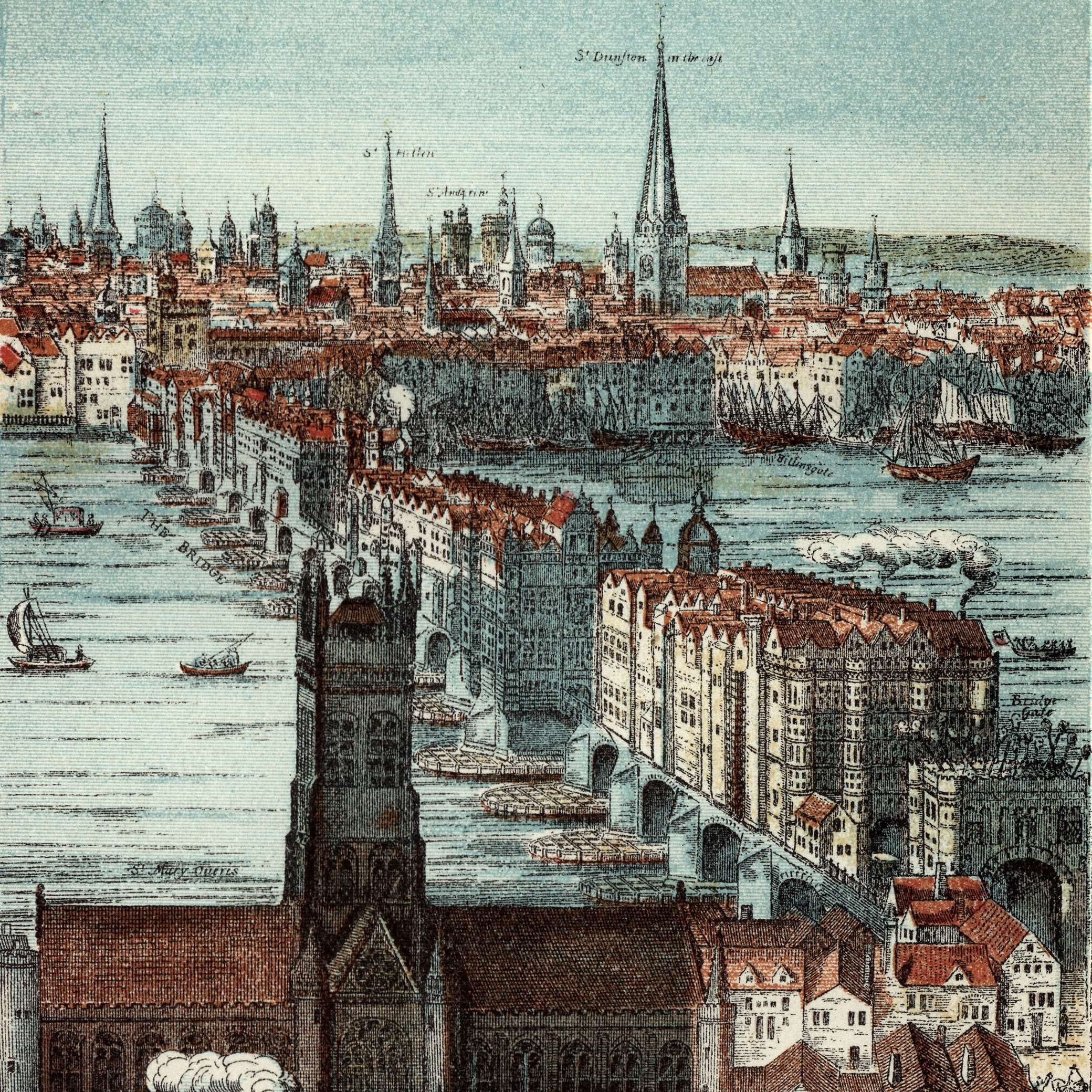
London Bridge City
Content series for London Bridge City BID, on behalf of agency Hudson Fuggle
Relevant if you need: content strategy, engagement, entertaining, multi-audience, research, storytelling…
The brief:
Use London Bridge’s rich history to create a content series, animating sites around the area, driving online engagement and physical footfall.
The challenge:
Find the hooks and tone to engage a fast-scrolling general audience with some pretty obscure historical details.
How it went:
The client saw their largest week-on-week Facebook follower growth to date, directly driven by the first article reproduced here.
The Keeper of the Heads
Looking for a new job? Well, if you've got a strong stomach, a streak of gallows humour and your own pot of boiling pitch, we might have the opportunity for you. To find out more, just check out this first instalment of our Gruesome Guide to London Bridge City - because our favourite moments in history are the gory bits…
You've probably seen a picture of the old London Bridge. That's right, the one stacked with buildings that look like they're about to topple over each other into the water. Did you notice the squat little gatehouse at the southern end? The one that looks like a castle pretending to be a hedgehog, covered in flagpoles... except that they aren't flagpoles. They're heads on spikes.
Between 1305 and 1678, anyone convicted as a traitor was beheaded and chopped into pieces. Sometimes they were disembowelled, sometimes pulled apart by horses; but whatever the details, their heads always found their way to this end of the Bridge. And that's where you come in.
The Keeper of the Heads - yes, that's the real title - was charged with par-boiling the severed heads (just like your Sunday roast potatoes), coating them in pitch, and mounting them on high poles. The idea was to preserve them and keep them in sight as a deterrent to anyone who might consider challenging the Crown.
William Wallace was the first exhibit we're aware of. After him came the rebel Jack Cade in 1450; Thomas More in 1535, followed in 1540 by the guy who landed him there, Thomas Cromwell (it never paid to annoy Henry VIII); Guy Fawkes, of course; and so many others that a German visitor to London in 1598 counted 30 heads as he passed beneath them. Quite the tourist attraction. Especially if you managed to catch the moment when one succumbed to rot and tumbled down onto the road below.
The practice was ended in 1678, but not because someone decided that placing heads on spikes was barbaric. They just started putting them up at Temple Bar instead.
Incidentally, there's a persistent rumour that the Southwark Gateway Needle standing just south-east of the modern bridge is a monument to all of this. The reality, as South London journalist David Hambling discovered in 2014, is a little less Gothic: it's an architectural marker, commemorating the trajectory of the old bridge rather than its unsavoury paraphernalia.
Anyway, we digress. Fancy the job? It's all yours. Just don't say you were head-hunted...